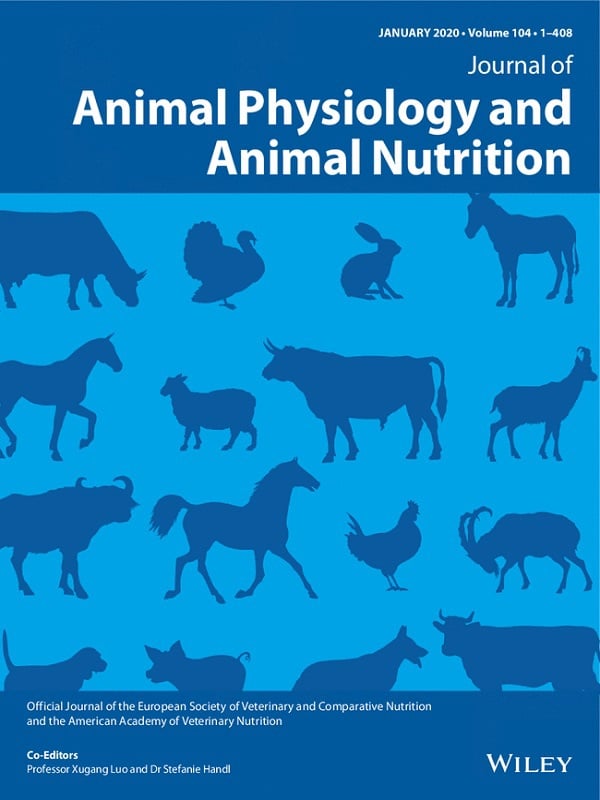
Mineral and glycerol concentrations in water on body weight loss and acid-base balance in feed-deprived Holstein bulls
Juliette N. Wilms, Isabela P. Carvalho, Mireille van Empel, Javier Martín-Tereso
Trouw Nutrition R&D, Amersfoort,The Netherlands
Correspondence:
Isabela P. Carvalho, Trouw Nutrition R&D,PO Box 299, 3800 AG, Amersfoort, The Netherlands. Email: isabela.carvalho@trouwnutrition.com
- Ruminants
- 2022
- Open Access
M. van Empel, I. P. C. de Carvalho, J. Martín-Tereso

Abstract
Situations in which cattle are feed-deprived over extensive periods of time are common in the context of transport and is an animal welfare concern which may also compromise growth and carcass yield grade. This study investigated how the main components of an oral rehydration solution would affect BW loss and blood parameters in feed-deprived bulls. Three dose–response experiments were performed with 24 bulls each (n = 6 per treatment) to study the effect of mineral concentration in Study I (0, 100, 200 and 300 mOsm/kg), the K+ to Na+ ratio in Study II (25:75, 40:60, 60:40 and 75:25), and glycerol concentration in Study III (0%, 1%, 2% and 4% of the final solution). The blocking factor was initial BW and treatments were randomly assigned within each block. Measurements included fluid intakes, BW, and blood parameters at 0, 24 and 48 h relative to the start of feed deprivation. In Study I, increasing mineral concentration in solution linearly decreased BW losses at 48 h. At 24 and 48 h, serum urea linearly decreased with increasing mineral concentration. At 48 h, blood K+ and Na+ linearly increased, resulting in increased blood osmolarity. Additionally, at 24 h feed deprivation, blood pH linearly increased with increasing osmolality. In Study II, BW losses decreased with increasing K+ to Na+ ratio at 24 h, but not at 48 h. No effect of the K+ to Na+ ratio was found on blood parameters, apart from a trend for a linear decrease of blood osmolarity at 48 h. In Study III, serum urea tended to linearly decrease with increasing glycerol inclusion at 24 h, while blood glucose linearly increased with glycerol inclusion at 24 and 48 h. These combined results indicated that a solution with an osmolality of 200 mOsm/kg and a high K+ to Na+ ratio would effectively mitigate BW losses and maintain blood acid–base balance, whereas high glycerol inclusion sustained blood glucose in feed-deprived bulls.
KEYWORDS
- feed deprivation
- glycerol
- growing Holstein bulls
- mineral concentration
- potassium to sodium ratio
